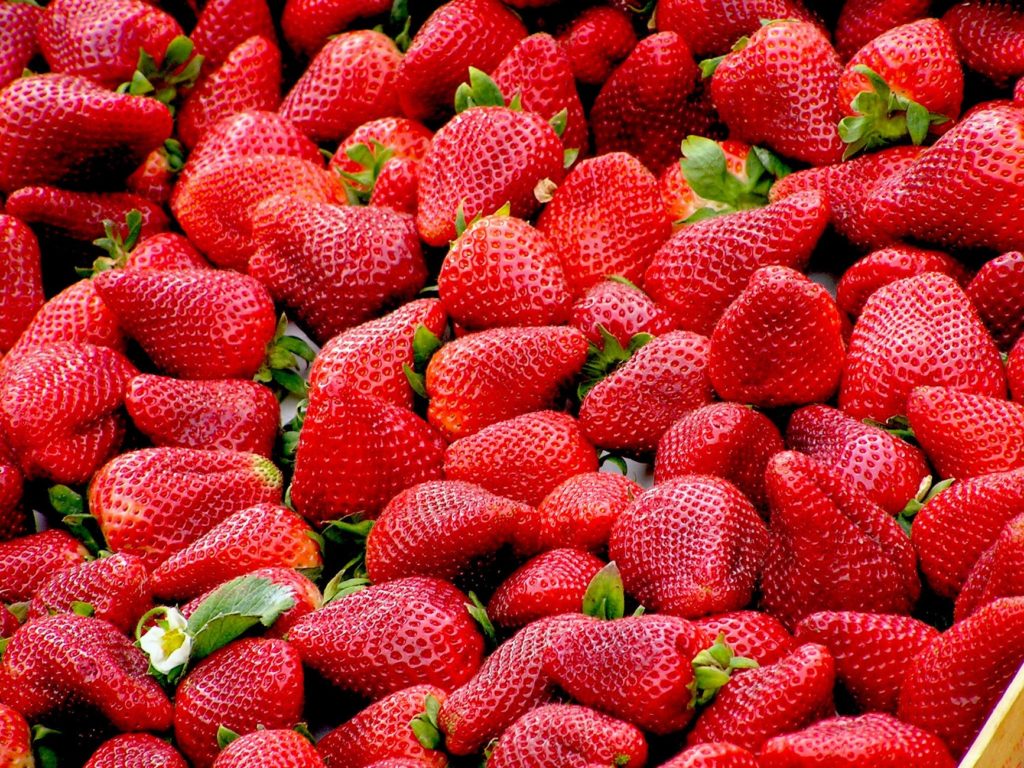
By Clint Thompson
The current lull in strawberry supply in middle Alabama is attributed to the mid-March freeze event. Plants were vulnerable to temperatures that dropped in the mid-20s, says David Lawrence, regional Extension agent in central Alabama.

“Right now, we’re seeing a reduction in volume just based off of the freeze event that we had in March,” Lawrence said. “Typically, from bloom to harvest, you’re looking at about 30 days, give or take. That freeze event lines up with what we’re seeing now as far as the lack of volume. Hopefully, we’ll be out of that and into high yields in another week or 10 days.”
Not only did the freeze kill off potential fruit, it also led to deformities in the recent crop that growers had to work with.
“We had a lot of cull fruit, just misshapen fruit. That’s just typical of cold damage. We knew it was going to happen. There’s not much you can do about it when it gets that cold,” Lawrence said. “We got down to the low 20s here. Even with frost blankets, you’re still looking at upper 20s or 30 degrees under those blankets. We knew we were going to see some damage. A lot of those were either culled and thrown out or used as jellies, jams, ice cream, that sort of thing.”
Now the area is coping with a dry period, though, it should help the strawberry crop rebound.
“With this dry weather, we see a reduction in disease pressure. You don’t have to do quite as much spraying. Berries are sweeter. They don’t just fill up with water with these heavy rain events, so the quality is there,” Lawrence said. “The way we’re set up with plasticulture, we can always supplement irrigation, so the lack of rain is very welcomed.”









